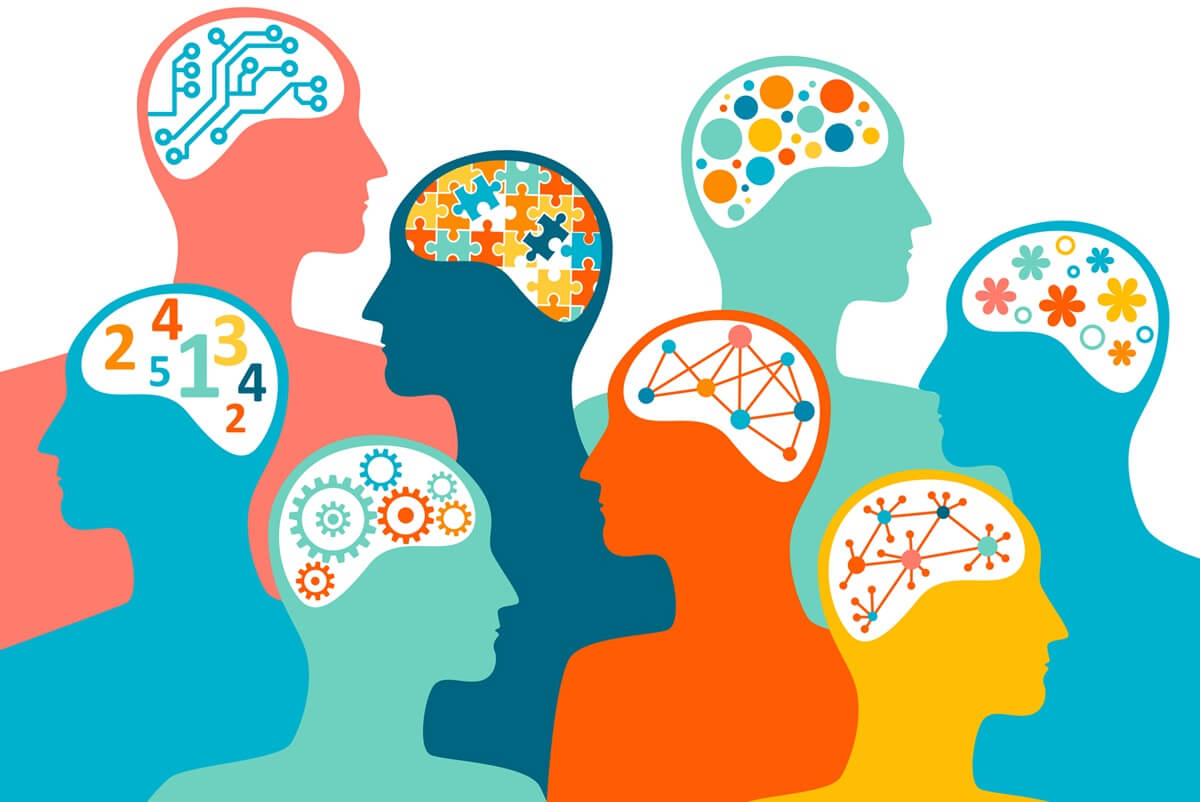Companies recognize the importance of building and nurturing an inclusive culture while attracting and retaining diverse talent to meet business needs.
Often, the first step in achieving this is to track the composition of employees from recruitment to advancement against broad categories such as gender, race, ethnicity, LGBTQ identity, and veteran and disability status.
However, for employees with disabilities, gathering these data should not be the first step of an inclusion strategy. Instead, companies must create a sense of safety for employees to help them feel comfortable disclosing a disability, whether formal or informal, before implementing internal campaigns and activities for self-identification.
Background on self-identification
The primary method for collecting disability data in the workplace today is through employee self-identification (self-ID). In this voluntary and confidential process, employees provide information about their status. HR gathers and monitors this information to comply with workforce diversity rules and identify areas for improving diverse representation across the employment process. HR also uses this information to understand collective employee needs and develop additional benefit programs and resources to meet those needs.
According to a survey conducted by Cornell University among individuals with disabilities on workplace practices, the top five reasons people choose not to disclose a disability are a risk of being fired or not being hired (73%), the employer may focus more on the disability (62%), a risk of losing or not receiving health care benefits (61%), the fear that opportunities for promotion will be more limited (61%), and one’s supervisor would not be understanding/supportive (60%). These reasons are cited more frequently than one’s belief that the disability does not impact job ability (44%).
To that end, employers can help create a sense of safety and belonging for employees with disabilities. Research by Coqual (formally Center for Talent innovation) argues these employees belong in the workplace when others see them for their unique abilities and connect with them authentically and support them in their daily work and career development. When employees with disabilities experience these organizational values, they are more likely to feel safe participating in self-ID campaigns.
Solution
Two organizational behavior experts, Brenda Shore and Camelia M. Fawzy, compiled inclusion strategies to make people with disabilities feel welcome and part of the workplace. Derived from these strategies, here are several identified ways HR can promote self-identification.
- Include people with disabilities in diversity-related and senior leadership communications.
- Tap employees to improve accessibility, indicating that they have a valued contribution to make.
- Support managers in creating more universally designed social environments.
- Customize jobs based on individual strengths and company needs to empower all employees.
- Invest in employees’ capacities to work effectively and relate well with their peers.
- Identify allies who can act as mediators or advocates for employees with disabilities.
- Provide disability awareness training and specialists to whom employees can ask questions and address concerns in a safe, open forum.
- Use other feedback systems such as anonymous surveys to assess the feelings triggered by hiring people with disabilities.
- Empower managers to overcome fears or discomfort around disabilities by bringing them in at the inception of the disability hiring initiative and guiding them through fair hiring practices.
- Inform employees about how HR identifies and selects candidates during the hiring process.
- Use paid internships and stretch assignments to change stigmatizing perceptions of one’s ability.
- Ensure all employees perceive accommodations as fair by paying attention to everyone’s needs.
The first step of improving self-identification is creating safe environments where employees feel they belong. It is strongly encouraged for legal and compliance to partner with DEI to shift the primary focus from counting employees with disabilities to helping others accept and appreciate their diverse perspectives and knowledge. This approach will correct the stigmatized views of people with disabilities, and when this is apparent, it will encourage employees to self-identify as a person with a disability.
To learn more about how Rethink may help your organization promote neurodiversity and inclusion, contact us today.










